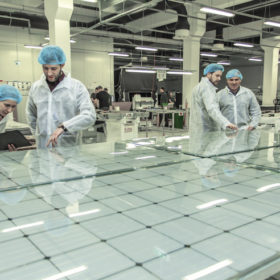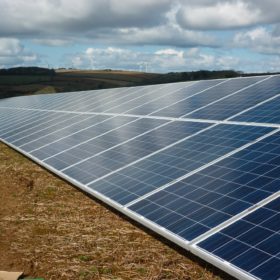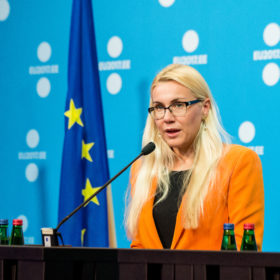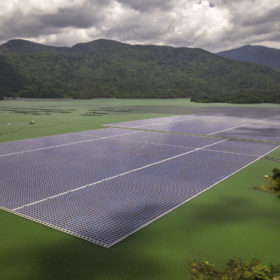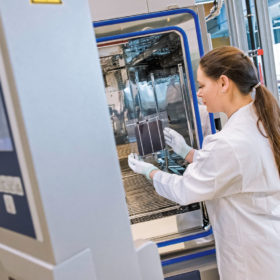SolarPower Summit 2020: Policy measures and open-source information key to PV sustainability
Rising volumes of solar capacity are to be welcomed but, as panelists at a session of today’s SolarPower Europe event discussed, the technology must be kept ethical and responsible. That means industry working together; new, harmonized, mandatory and voluntary policy instruments; and a focus on quantifiable, life cycle-based investor criteria.
The weekend read: Materials in the circular economy
A number of companies are now racing to find new materials to replace toxic or otherwise unsafe elements in PV modules, in pursuit of circular economic ideals. In a similar vein, many researchers are also looking for ways to recycle and reuse some of these materials at the end of solar panel lifetimes. In line with these efforts, artificial intelligence and machine learning now play a critical role in identifying new chemical footprints for PV modules and cells.
pv magazine video: The pressing need for sustainability in solar
The solar industry faces many challenges in its move to become truly sustainable and that goal is imperative, rather than being simply a luxury, if the sector is to achieve terawatt scale. pv magazine’s first Sustainability Roundtable took place on June 10 and included discussion as to why sustainability matters in PV and which business, regulatory and technological approaches can be applied to achieve truly “green” solar power. A video of the event can be streamed online.
What you need to know to take advantage of the green bond revolution
Green bonds have experienced rapid growth since their inception in 2007, and participants in the solar energy industry stand to benefit. In 2019, issuers launched over US$250 billion in green bonds offerings, representing 51% growth year over year.
Final call for feedback on EU rules for renewables financing
European citizens and stakeholders have until midnight June 3 to comment on a set of draft EU rules for a new financing mechanism that would enable member states to finance renewable energy projects in other member states as a way of reaching their 2030 renewable targets.
The weekend read: The mainstreaming of solar PV
From playing a key role in facilitating the scaling of the solar sector, to opening new markets and enabling grid and energy storage technologies, multilateral financial institutions have been an important part of the ongoing global energy transition. And as Felicia Jackson writes from London, with the expansion of “green banks” and clean-energy lending, the role of these institutions is only set to expand.
The sky’s the limit: How solar and storage can set a post-Covid-19 example
The airline industry has been among the hardest hit by the Covid-19 pandemic; carriers are in ‘freefall’ as Glen Peters, research director at the Center for International Climate and Environment Research in Oslo recently wrote, with governments mulling stimulus packages for airline bailouts. How we react to the coronavirus outbreak is crucial for society as a whole and the solar and energy storage industries can lead the charge in rewriting the status quo.
Restrictions on sourcing of cobalt are changing
The Democratic Republic of Congo (DRC) is one of the world’s most natural mineral rich countries, yet it is plagued with poverty, inequality, corruption, human rights violations and many more challenges. Mining for materials like cobalt is at the center of these. According to state-owned miner Gecamines, over 22% of the country’s GDP is generated in the mining sector, while 70% of the world’s cobalt is produced in the country.
The weekend read: Ethical strategies for cobalt supply
Since 2016, Amnesty International has denounced cobalt mining in the Democratic Republic of Congo for human rights violations and the use of child labor. This has led LG Chem and other companies to insist on standards for battery cell suppliers, as a step toward improving the situation.
The weekend read: A responsible compromise?
Toxicologists are struggling to follow the pace at which perovskite solar cells race from laboratory test benches to factory production lines. While researchers continue to assess the health and safety risks stemming from the lead used at the core of these new materials, the startups commercializing them argue that established encapsulation techniques and sound recycling schemes are enough to safety-proof their potentially disruptive technology and offset broader environmental threats.

